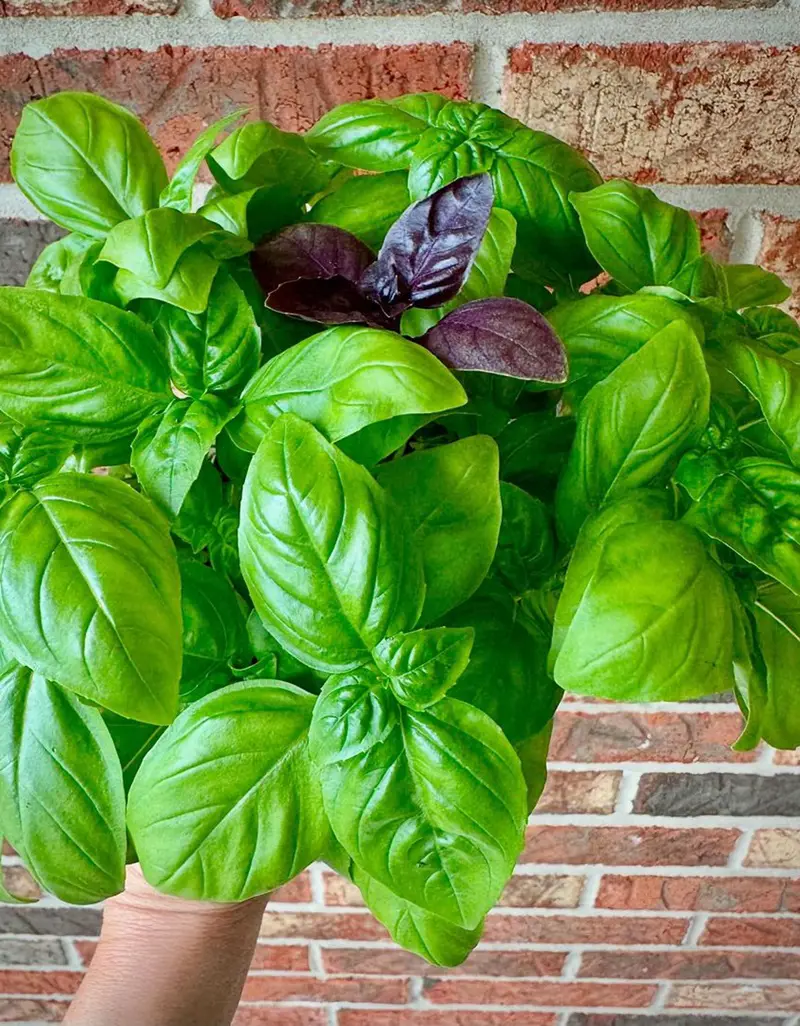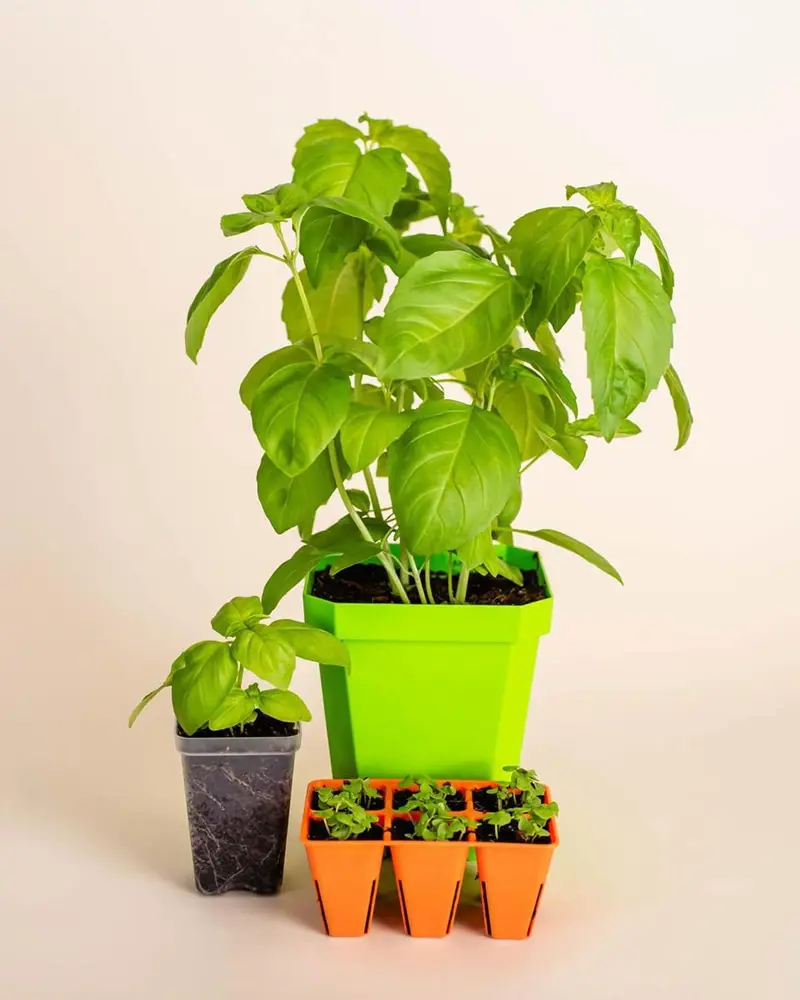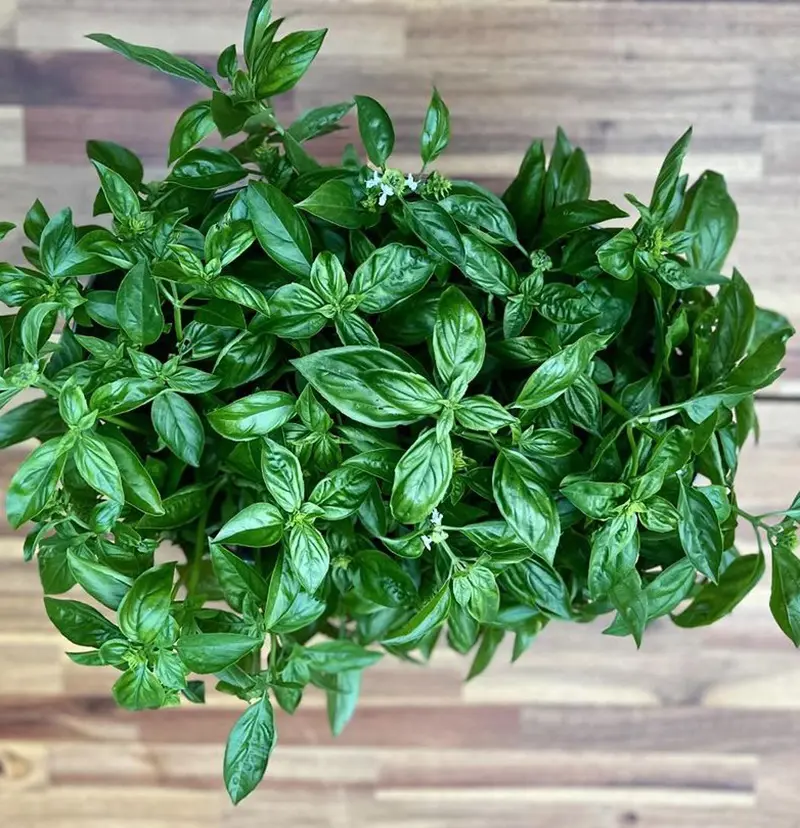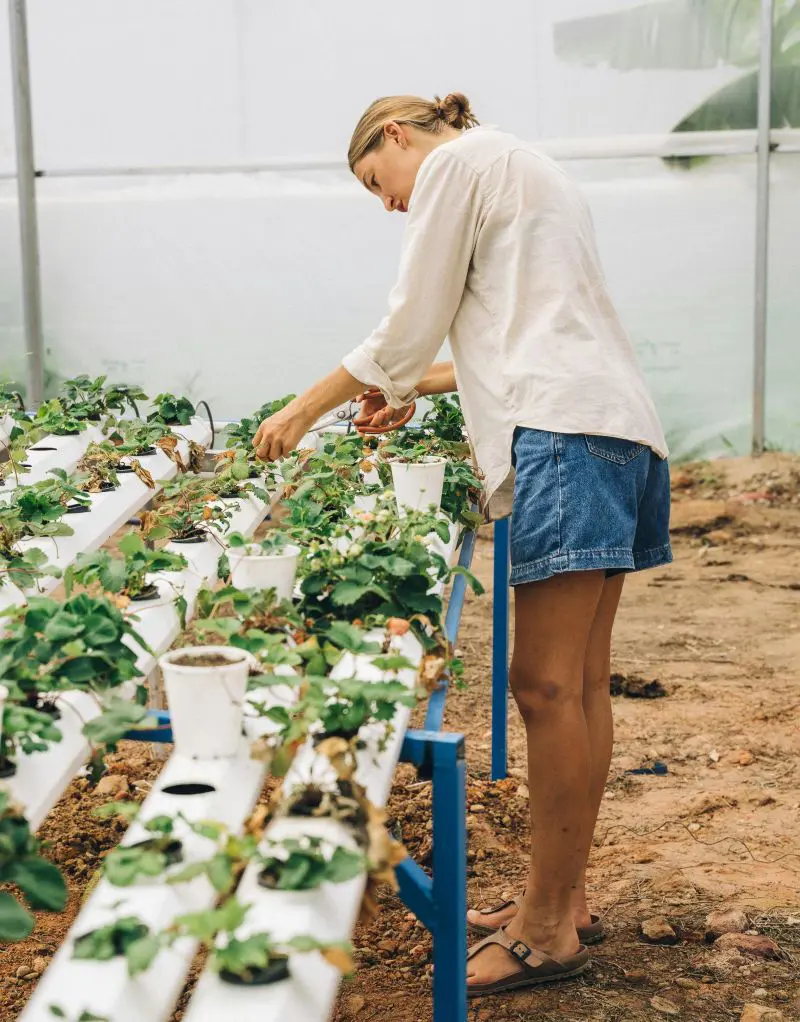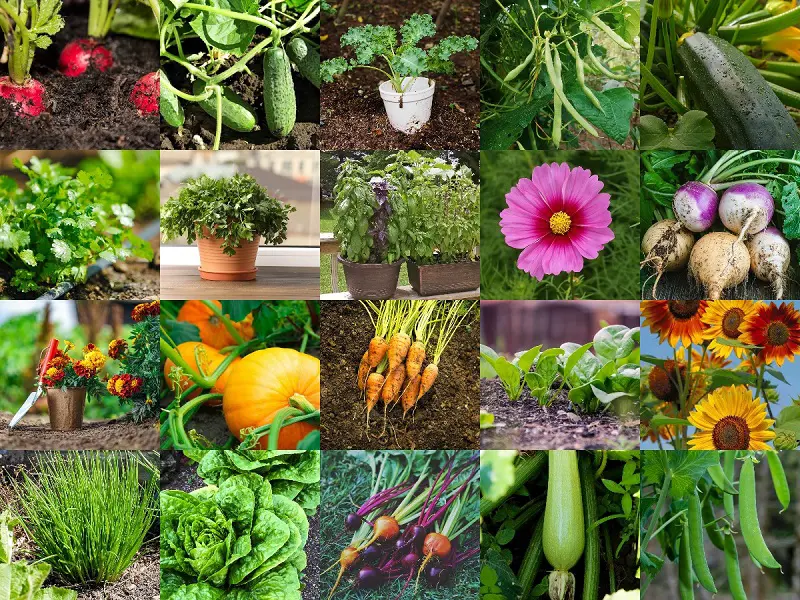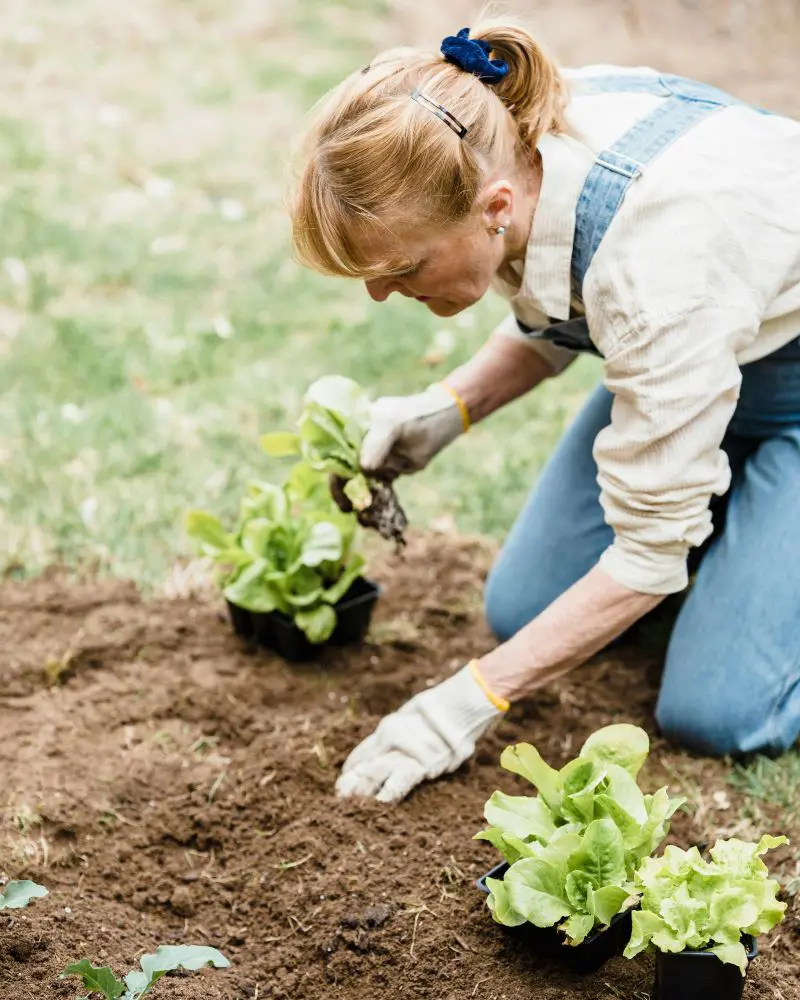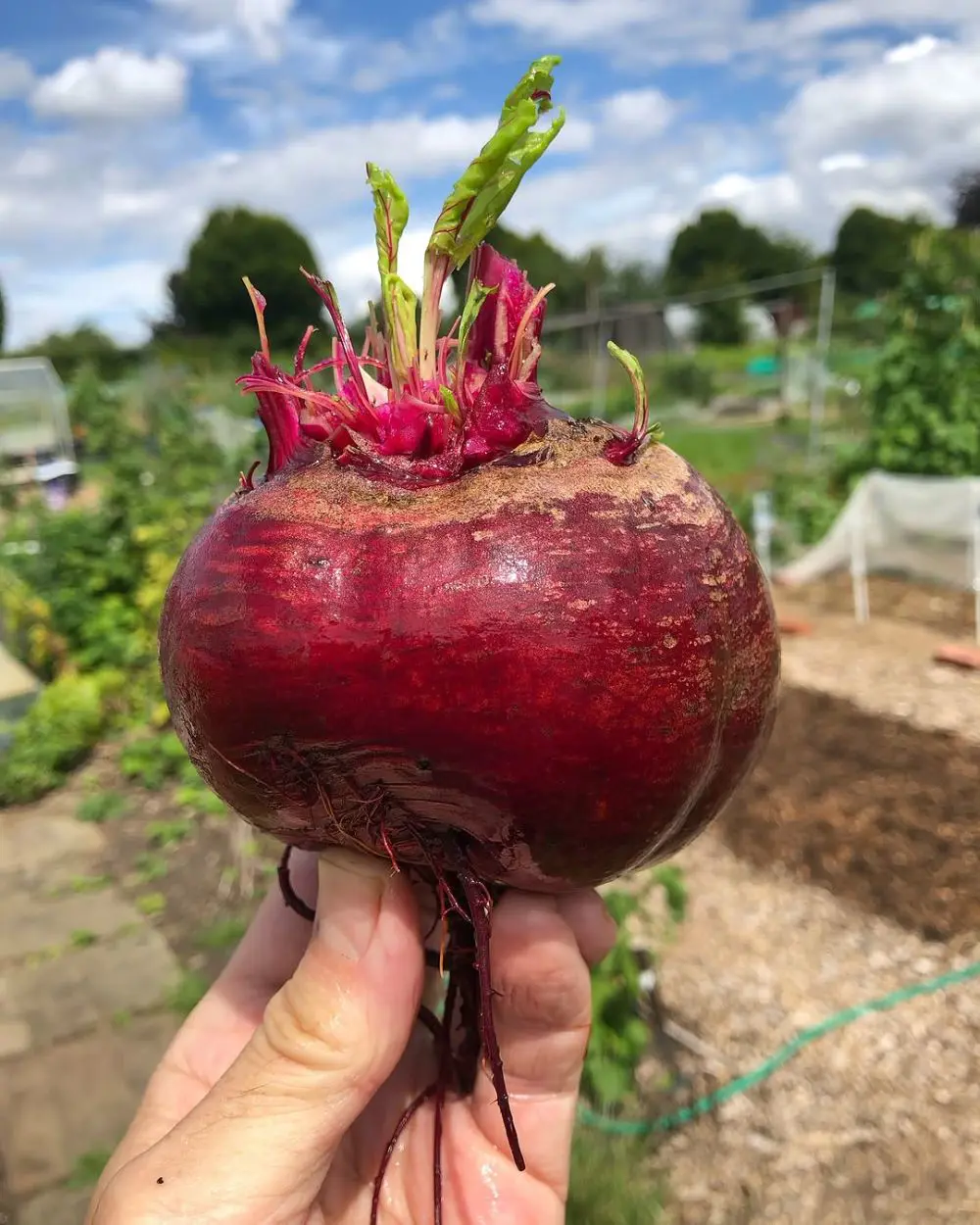How To Harvest Basil Leaves
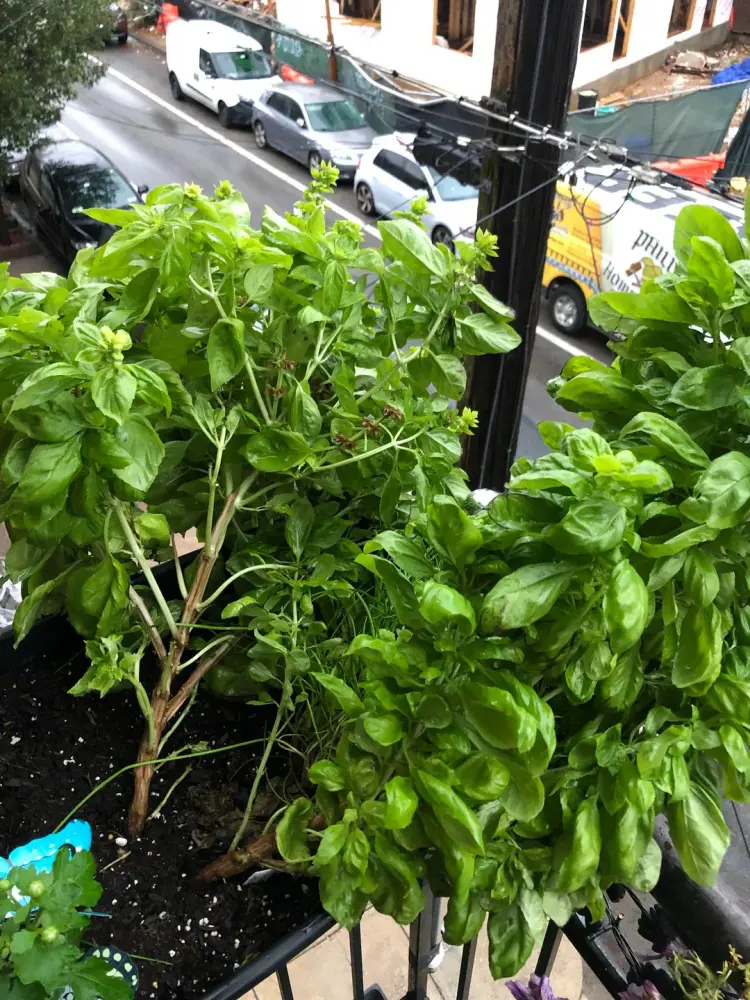
1. Identify the Right Growth Stage
This is an important thing to consider while harvesting basil leaves. You need to make sure the basil plant has reached its proper growth stage for harvesting the leaves. Many people make use of a tape measure to track the growth of the basil.
It has been advised to start harvesting the basil plant when it reaches about 6 inches in stature with at least 6-8 leaves on its stems. This stage has been generalized as a harvest-initiate period for the basil plant.
2. Pick Basil Leaves From the Top
Yes, it has been suggested to pick the basil leaves from the top portion of the basil plant. Harvesting the basil from the top will ensure bushier growth in the long run, making it more vibrant.
However, if you mistakenly prune the bottom portion of the basil, you are more likely to get a thin and lanky plant. Also, keep in mind to wait for more basil leaves to grow from the pruning point before you decide to pick again.
3. Pinch Off Basil Leaves
The right method to pick the basil leaves is by gently pinching off each of the leaves at their base, where they meet the stem. Make sure you pull away the entire leaf from the stem avoiding any possible damage to the plant.
It has been appealed to you that be as gentle as possible while pinching and pulling away the leaf from the stem, you wouldn't want to tear the leaf or harm the stem they are attached to. If using your hand is difficult for you, you can make use of a small pair of scissors as well.
